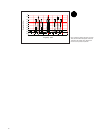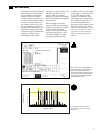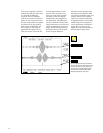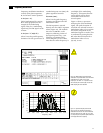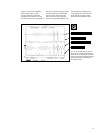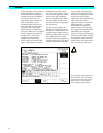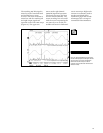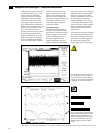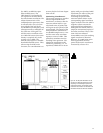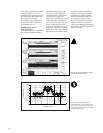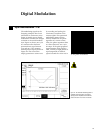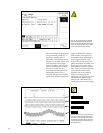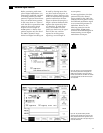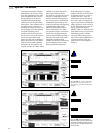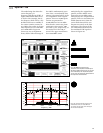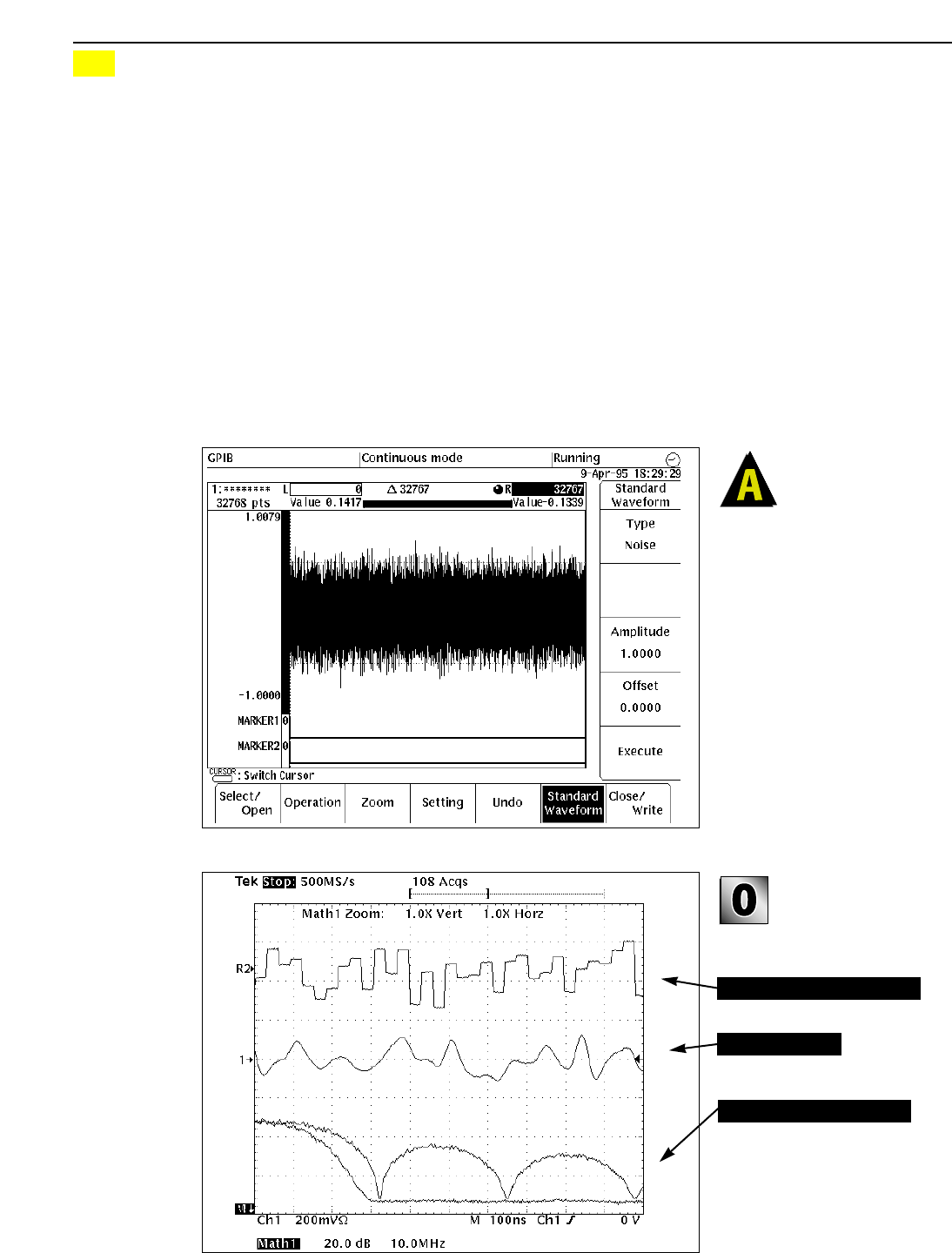
16
Although the removal of noise is
a common design goal, a noise
source can be an extremely
useful test stimulus or signal
impairment. The AWG 2041
provides a built-in noise func-
tion, but its characteristics are
quite different than traditional
sources such as noise diodes. An
AWG
1
noise waveform is actu-
ally a calculated series of
pseudo-random numbers. There
are two key properties of the
AWG noise function. First, the
AWG noise signal is actually a
series of voltages that changes
once per clock period. This has
definite implications for the
spectral characteristics of the
signal. The second property
arises because an AWG noise
waveform is simply another pre-
calculated record that must
eventually repeat to obtain a
continuous signal.
Calculating Noise
The AWG provides a built-in
function to calculate the noise
waveform of a specified record
length. In Figure 16, the AWG
creates a 32768 point noise
waveform. Digital random
number generators typically
produce uniformly distributed
values, but circuit noise is better
modeled with a Gaussian distri-
bution. In practice, the AWG
actually calculates a noise value
by averaging 12 consecutive
random numbers. Thus, by the
central-limit theorem, the noise
values will more closely approx-
imate a Gaussian distribution
than the underlying uniform
distribution.
The top trace in Figure 17 shows
the resulting noise output. The
key feature relating to the clock
is that the waveform appears to
be a staircase function. The
sharp edges can be removed by
Adding Noise to a Carrier Signal — AWG Noise Characteristics
7
Figure 17. Upper waveform is a pseudo-random
sequence with a 32.768 MHz clock. The second
waveform is the same signal filtered by the
AWG’s 10 MHz Bessel low-pass filter. The lower
two traces are the calculated FFT spectra. The
horizontal scale of the spectra is 10 MHz per
division.
Figure 16. The noise waveform is a built-in func-
tion in the AWG. In this case, the 32768 point
record length specifies a pseudo-random series
of values. The values are approximately Gaussian
in distribution with a crest factor of about 3 to 1.
1
AWG refers to Arbitrary Waveform Generator as opposed to Additive White Gaussian, an unfortunate coincidence in this context.
Pseudo-random noise sequence
Filtered and unfiltered spectra
Filtered sequence



